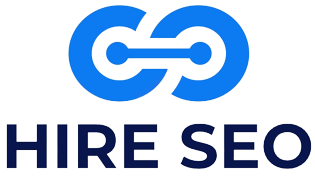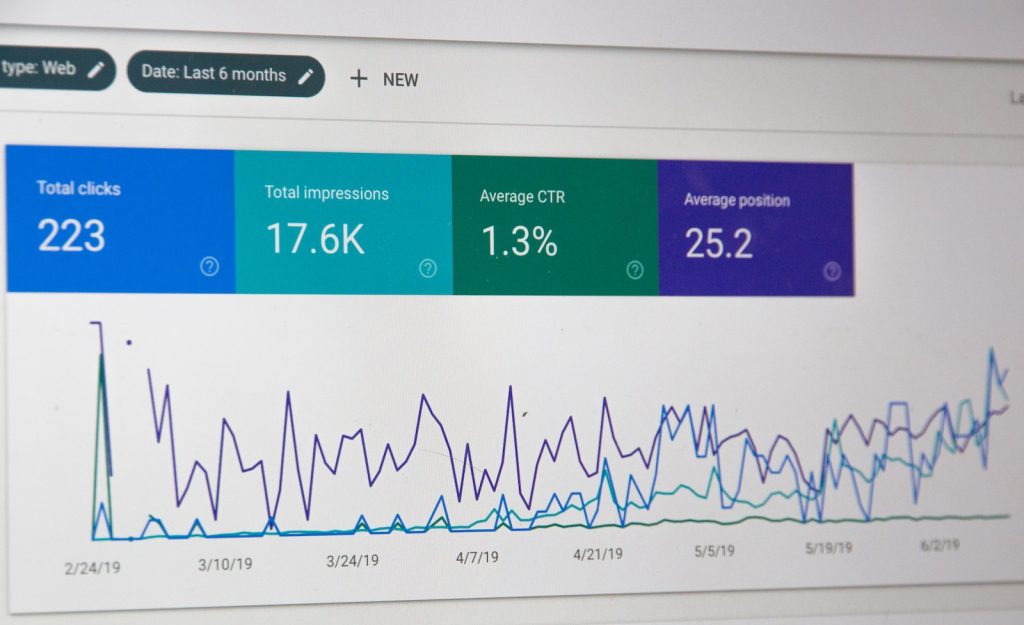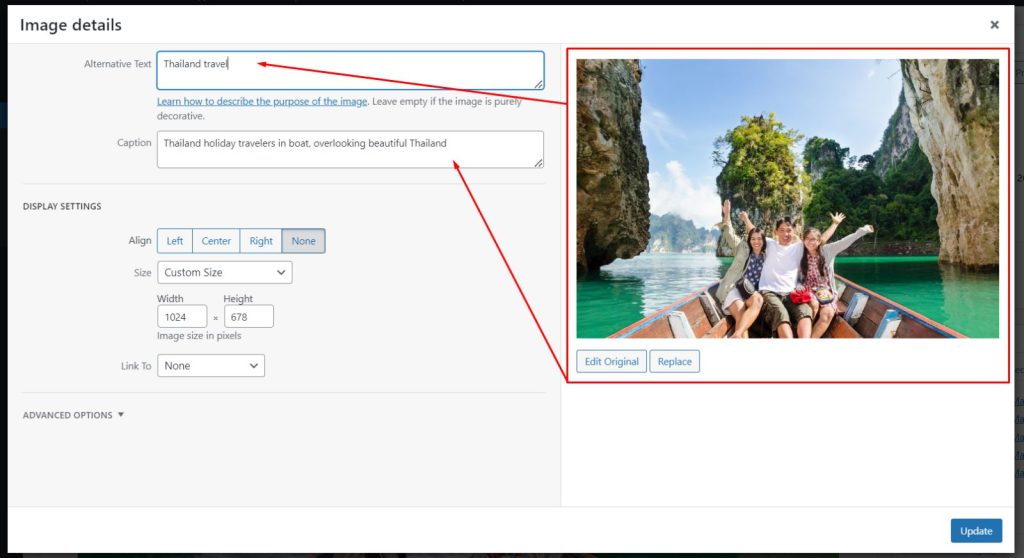Image files are an integral component of any website. They help the page to load faster, improving user experience and SEO – but large file sizes can bog down its performance.
There are multiple solutions for addressing this problem. In this article, you’ll learn how to check and optimize the file sizes of your images for web use.
Check the image file size
If you’re using images on your website, it is crucial that their size is accurately represented. A photo viewer or photo editing software on your computer can assist in checking image sizes accurately; they will also help locate image dimensions in pixels which should appear in the file information or properties window; image sizes could include Kilobytes (KB), Megabytes (MB) or Gigabeats.
Image files that are too large can affect your site’s load time and cause other problems, as well as having too many large images can alter user experience and search engine optimization negatively. To avoid these issues, try keeping image files below 10MB.
Use an online free tool to check the size of an image. This tool will calculate total image file sizes and list any that may be too large; from here you can make necessary modifications by either reducing their file size or switching formats.
Ahrefs’ Site Audit feature can identify broken internal and external images on your pages, making them less user-friendly while making indexation harder for search engines. Any images found are recommended to be fixed immediately as this could hinder user experience on your website and reduce search engine indexation of pages containing broken images.
Check the image resolution
When using images on a website, it is crucial that they meet certain resolution and size specifications. You can do this using an image viewer program by right clicking a file and choosing “get info” or “show inspector,” from the drop down menu that appears, followed by selecting the appropriate option in “get info”/ “show inspector,” opening an image information window that contains dimensions, DPI density levels and colour space details for that image file.
If the resolution of your image does not meet web requirements, it will take longer to download and may not display correctly online. To speed up this process, use GIMP as a resizing tool to reduce its size; additionally consider smaller images to conserve bandwidth and storage space.
GIMP image viewer offers a ‘Dimensions’ menu at the top of the screen that will provide information about image dimensions, such as DPI. You can also access this by selecting “Image” on the menu bar and choosing “Image size.”
If you are having issues with Ahrefs, it is advisable to double-check your API key settings. An incorrect configuration could obstruct accurate data from being displayed and could compromise SEO efforts. Ahrefs support can provide assistance in solving such issues.
Check the image format
Broken images can have a detrimental impact on both user experience and SEO. Images returning an HTTP status code of 4xx or 5xx cannot be displayed on your website and could be the result of file deletion, renaming, or external websites hosting them being unavailable – to identify these, Ahrefs offers its Site Audit feature which helps identify both internal and external broken images on your website.
Your first option for fixing this problem should be to reduce image size and resolution, clear your browser cache, reuploading image file(s), or contact Ahrefs Support Team directly for further assistance.
To prevent error messages and keep up-to-date features and bug fixes current, it is wise to regularly update Ahrefs. Doing this will ensure your software contains the newest features and bug fixes while helping prevent compatibility issues with browsers and operating systems. Furthermore, updating Ahrefs makes SEO and data analysis tasks simpler and more efficient; additionally it allows API calls to return more accurate results.
Check the image size
If you’re encountering an image file size too large ahref error, here are a few things you can try: make sure your images are saved in an appropriate format; reduce resolution or size as a way of improving loading times and performance. If those don’t work, clear browser cache or contact web host to help.
One issue that could cause image file size too large ahref errors is images lacking alt text, which can impede user experience and search engine visibility. To remedy this, add descriptive alt texts to each image displayed close to its relevant content on your page.
To verify the dimensions of your images, open them up in an image viewer or photo editing software on your computer and check out how they display in pixels in their viewer windows. Luminar Neo can provide one way of checking image dimensions by right-clicking and choosing “Open file information” or “Image details,” while you could also utilize system dialogs as another method to verify their dimensions.



